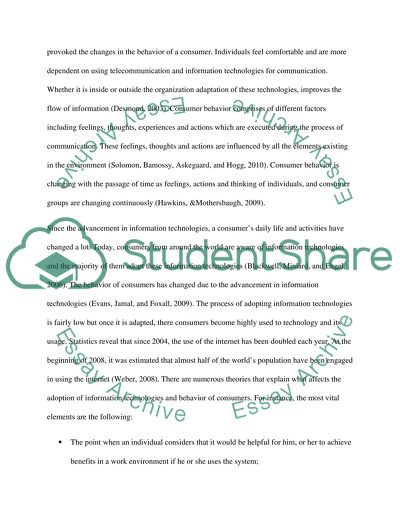Cite this document
(“Project Research Paper Example | Topics and Well Written Essays - 5000 words”, n.d.)
Project Research Paper Example | Topics and Well Written Essays - 5000 words. Retrieved from https://studentshare.org/marketing/1626270-project
Project Research Paper Example | Topics and Well Written Essays - 5000 words. Retrieved from https://studentshare.org/marketing/1626270-project
(Project Research Paper Example | Topics and Well Written Essays - 5000 Words)
Project Research Paper Example | Topics and Well Written Essays - 5000 Words. https://studentshare.org/marketing/1626270-project.
Project Research Paper Example | Topics and Well Written Essays - 5000 Words. https://studentshare.org/marketing/1626270-project.
“Project Research Paper Example | Topics and Well Written Essays - 5000 Words”, n.d. https://studentshare.org/marketing/1626270-project.


